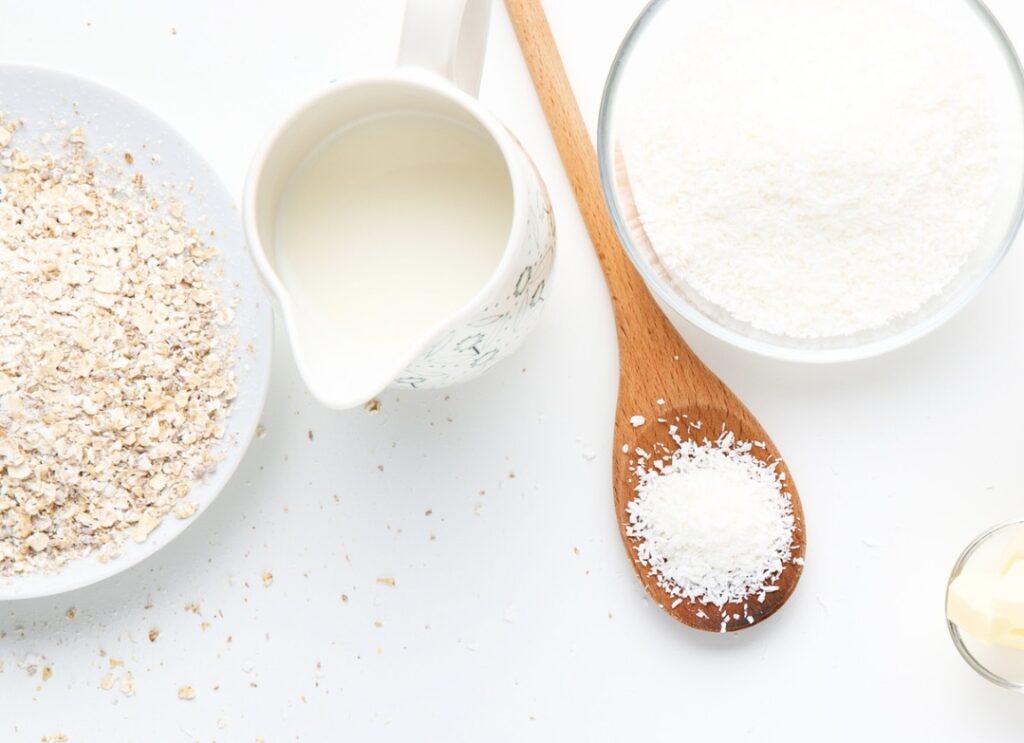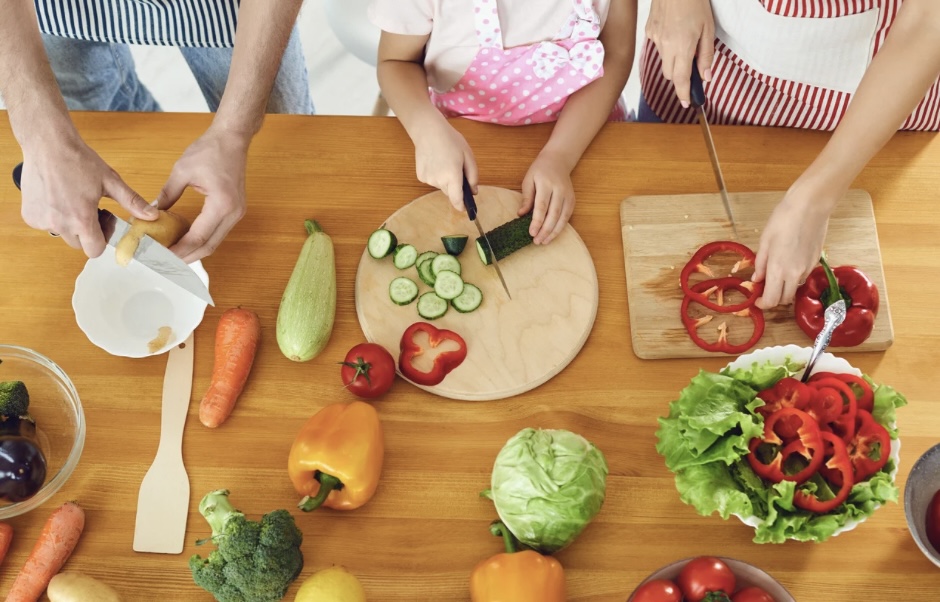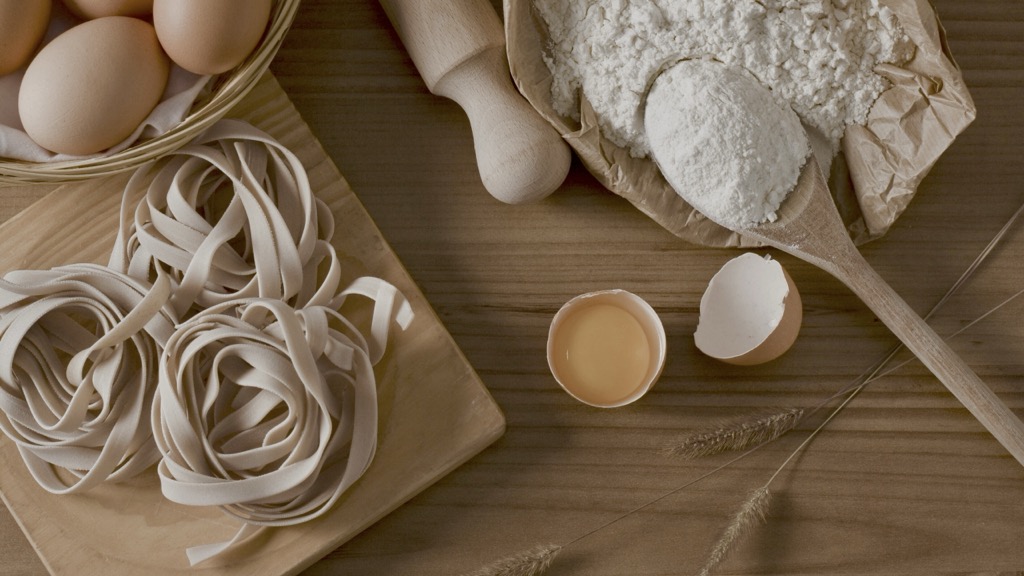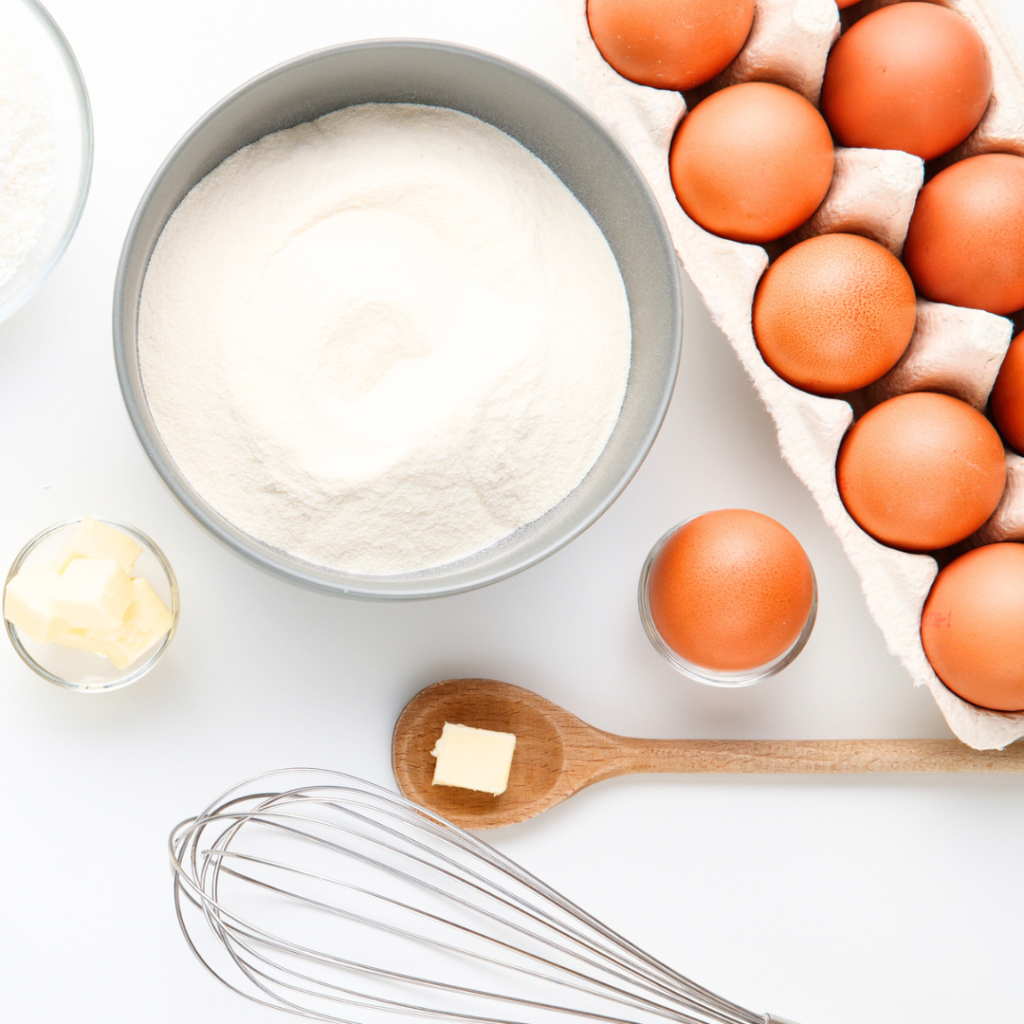Learn to cook at home with these simple cooking tips
For thousands of years, humans have been cooking up a storm. But to get to the point of kitchen mastery can seem like a huge challenge to beginners. Let’s learn to cook at home with these simple cooking tips. You will find yourself much more confident in absolutely no time.

To learn to cook at home is an interesting one in today’s world. What our mothers picked up by simply watching their mums or grandmothers in their kitchens looked a little different for us. With convenience foods becoming so popular around the time when most of us were teens, our observations in the kitchen contained a lot of packaging being opened and putting plates in the microwave. While the fast-paced lifestyle certainly has its positives, cooking skills seem to have become a thing of the past. Suddenly, there is no more pumpkin soup but our options are a frozen pizza or a takeout curry with hundreds of ingredients. Instead of glazed carrots, it’s cereal or a sushi platter for 4. What has gone missing is the simple, home cooked variety of food with local, seasonal and often repetitive ingredients.
The staple foods our ancestors used to craft hearty dishes packed with flavour are often those on the “bargain shelf” of the supermarket. We’re talking about potatoes, root vegetables, grains, simple cuts of meat and sourdough bread. You think your grandmother would find the hype around wagyu reasonable? Or that of avocado and almond milk? Mine certainly doesn’t.
But before we even get into the details of ingredients, let’s take a moment to think about the cooking process in general. Because before we jump in and craft a decadent soufflé, we need to learn to cook at home first. These simple cooking tips are here to help you.
Read the Recipe
This might seem like an obvious thing to do, but start by reading the full recipe. That’s from the beginning all the way to the end. Why is this important? Because you might get started and get stuck on a single word or cooking method. If you have to start googling while your garlic goes from brown to black, you’ve already lost. You want to start the cooking process knowing exactly what’s about to happen. Understanding the steps involved, the processes and times you are about to embark on, is the first essential step to executing a recipe perfectly and will allow you to learn to cook at home much quicker.

Prepare what’s needed
Have you ever heard the term mise en place? That’s what they call “getting everything ready” in the restaurant world. It’s one of the first simple cooking tips they teach new cooks. Now that you’ve read your recipe front to back you should know all the parts you need to make your dish a success.
First, go and grab your tools. Chopping board, knife a pot and pan, as well as a strainer. Whatever your recipe asks for. While you want to have enough space around you to cook, keep the items at an arm’s reach, so you don’t need to stop and raid the cupboards when their time has come. Next, lay out your tools. Do you need a zester? Lay it out. Tongues and a spatula? Bring those out too. Lastly, and that’s the most important step, prepare your ingredients. We want to get specific in this step. It’s not just about washing your tomatoes but slicing and dicing the right amount. Measure your flour, sugar, any liquid. Slice and dice your produce the way your recipe calls for. And make sure to only mix what enters your dish at the same time to avoid a culinary disaster.
Keep it clean
Very latest since Covid, we should all be aware of what proper hygiene looks like. It’s the 20 second hand wash, the sneezing into your elbow, the not rubbing your face. Now, take all these learnings and apply them in your kitchen.
Preparing food in a dirty environment can cause all different kinds of illnesses and bodily responses. We want to ensure you’re in a safe and clean space, that will put nothing but joy on the table. So before cooking anything, wash your hands, tie up your hair and clean any dirt off surfaces you’re about to use. Remove anything that could easily spill or is toxic, you don’t want that near your food. Wash your produce and pat it dry with a clean towel. You’re good to go.
If you are cooking with eggs, chicken or anything else that can carry disease, make sure to keep washing your hands between steps. One of my favourite simple cooking tips is to put a plate or bowl onto the counter top to act as a bin. This keeps my workspace clean and anything dirty contained, which allows me to move much quicker without having to run from the stove to the bin and back.

That’s some hot stuff
It’s all about the heat. Working on baked goods, most recipes will mention a pre-heating of the oven before putting your dish in it. That’s because most ovens take 10-15 minutes to heat up. Working for such a long time with sub-optimal temperatures can significantly impact your dish. It’s often those little details that cause a dish to be burned on the outside yet raw on the inside.
Anyway, what I’m trying to say here is: If your recipe asks you to pre-heat the oven, just do it. If your oven tells you when it’s reached the desired temperature, ideal. If it’s an older model that doesn’t, it might be an idea to invest in a thermometer to understand how accurate it heats. This will also allow you to adjust your settings moving forward. Lastly, for those larger amounts of food that require multiple trays, I like to rotate trays half way through the baking process. This means to swap the top and bottom trays out, but I like to go one step further and rotate my trays by 180 degrees. It might be my personal paranoia, but I feel that a dish is only cooked truly evenly if all pieces are exposed to all areas of the oven.
Cooking on the stove is a similar process. Make sure to bring the pan to heat first and then add your oil and ingredients. While it is a little easier to control the cooking process in an open pan or pot, allowing your tools to heat up prevents sticking and creates a much more positive experience.
Ready, Set, Go
What helps in sport is just as valuable in the kitchen. Set yourself a timer for anything that mentions a time frame. Even on the least eventful days of the week, a single text message (or in my case, Instagram reel) can make us forget about the world around us. When we’re snapped out of it by some funky, smokey smell it’s already too late. Let’s just be safe and set ourselves a timer for anything that needs to be measured. It takes away the guess work and keeps ourselves on track. And isn’t it much nicer to scroll your phone in peace, knowing that the alarm will ring when ready?
If you’re out, swap it out
Ok, this might not be the best rhyme I’ve ever come up with. But what I’m trying to say is, you don’t need to surrender cooking just because you don’t have one exact ingredient. With the world becoming so multicultural and fancy, many recipes ask for a very specific, rare ingredient. I mean, let’s be honest, who has harissa and preserved lemon in their pantry?
Quite often, you will find a simple swap that’s already in your home. Don’t have red wine vinegar? What about white or apple cider vinegar? Your recipe calls for fresh chilli? You’re probably safe to use chilli flakes, powder or even a dash of chilli sauce to add some spice. Self raising flour is really just a pre-mix of plain flour and baking powder. And whether you use thick greek yoghurt instead of natural yoghurt or even a dash of sour cream often really won’t matter.

With any swap, think about what the outcome should be. Should it make your dish sweet, salty, acidic or sour? Do you need something that blends in or stands out? Is it a main ingredient or garnish? What texture should it add? Taking a moment to ask yourself a few simple questions will often show you a number of substitutes to use and will let you learn to cook at home with confidence. It’s those simple cooking tips that keep it flexible while teaching you confidence. And who knows, your swaps might create something truly amazing.
Plan ahead
Does your mum ever send your dad to the shops, only for him to come back with a tub of yoghurt and some sausages? Mine does. Without a shopping list, my dad wouldn’t have a clue what to buy. While this is definitely more of a male problem in itself, the creation of a shopping list prevents all kinds of disasters.
A moment ago we talked about food swaps and easy substitutes, but even the best of cooks need some staples to work with. Food wastage has become a huge issue of our generation, so let’s do our bit and only buy what we really need and know to use. Spending a few minutes to put together a rough meal plan allows you to shop for what is actually being served. Simple cooking tips like these also takes away the brain wrecking and debates about what to have for dinner, only to end up with yet another takeout pizza. If in doubt, shop for the staples you and your family usually use – potatoes, milk, pasta, rice, tomatoes, carrots, apples… I find myself always using up my staples, it’s only those “out of the ordinary” ingredients that seem to go to waste.
Use the right measurements
If you’re baking a cake or measuring shots for a cocktail, measuring – and more importantly, staying in line with measurements – is super important. If your cake calls for a 20cm baking tin, try and stay as close to the requested measurements as possible. Using something much larger will likely cause your cake to dry out, as there’s more crust and less in between in a larger tin. When following a recipe calling for “cups” of anything, make sure you check how much fits into your measuring cups. Usually, recipes work off 250ml being a cup. If your cup/mug/glass holds more than that, increase the recipe’s quantities accordingly.
As you can hopefully see, to learn to cook at home can be super easy. All you need are a few simple cooking tips to prepare yourself for what’s to come. What tips and tricks have you found useful? Share them in the comments. Happy cooking!
